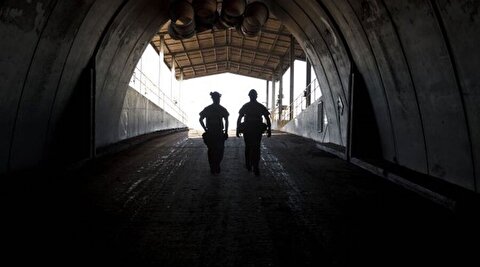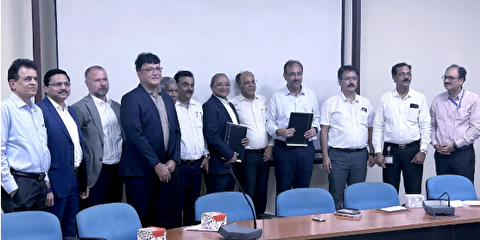
Solar Power for Nomads
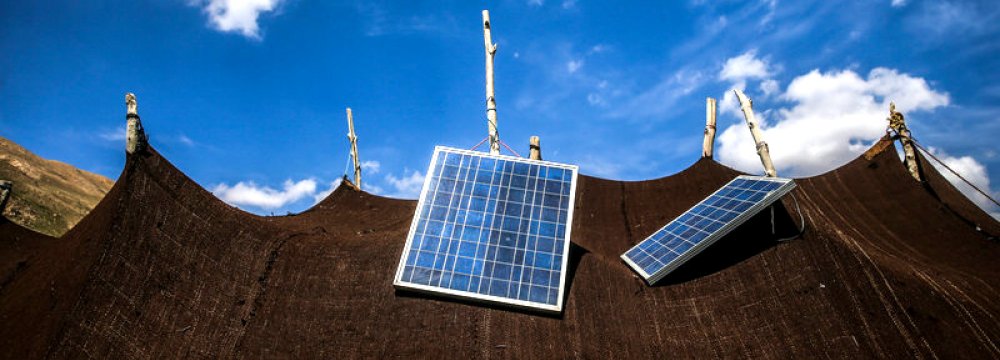
Assessments over the last two years show some 50 nomadic communities, comprising some 34,000 families, roam the pastures without access to electricity, ISNA reported on Monday.
To that effect, the ministry has committed to providing about 8,200 portable solar panel systems to nomadic tribes in the next few months. Reportedly, over 3,000 PV systems are already in use by Iranian nomads.
Nomads are characterized by moving from one place to another in search of pasture and water, setting up tents and nurturing livestock.
The advance of technology provides a unique opportunity in enabling nomadic communities with new facilities without interfering with their way of life.
Rapid expansion of cities in Iran has chipped away at the population of nomads who mostly roam in central and south-central provinces, including Fars, Chaharmahal-Bakhtiari and Kohgilouyeh-Boyerahmad.
Data show that nomads made up almost one-fourth of Iran's population as far as 100 years ago, but the number has inevitably dwindled below 2%.
Energy Minister Reza Ardakanian has said his ministry is "closely working with non-governmental sectors in the renewables sector".
The collaboration is helping nomads to add new dimensions to their unique lifestyle that has been typically defined without urban facilities such as access to electricity.
Step in the Right Direction
The initiative will not raise the trifling share of renewables in Iran in any meaningful way, but it is seen as a step in the right direction.
Relying for decades on fossil fuels to generate power, Iran has made little, if any, progress in advancing its renewable infrastructure.
According to government data, the launch of new solar and wind projects in recent years pushed Iran's total installed capacity from renewables to around 500 megawatts, a negligible amount compared with over 60,000 MW of installed thermal capacity and some 12,000 MW of hydropower.
Oil- and gas-rich Iran has also pledged to slow climate change by promoting cleaner energies.
In December 2015, 195 nations, including Iran, signed an agreement at the Paris Climate Conference to move away from fossil fuels with the goal of limiting a rise in average global temperatures to well below 2 degrees Celsius.
Iran has promised to curtail greenhouse gas emissions by increasing power production from renewable sources to 7,500 MW by the end of the next decade.
Installed power generating capacity is near 77,000 MW. The government says it should add 5,000 MW to the national power grid annually through 2022, the end of the Sixth Five-Year Economic Development Plan.

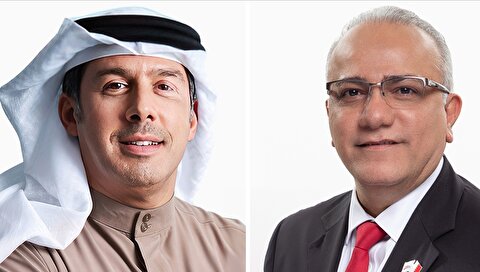
Alba Discloses its Financial Results for the Second Quarter and H1 of 2025

US slaps tariffs on 1-kg, 100-oz gold bars: Financial Times
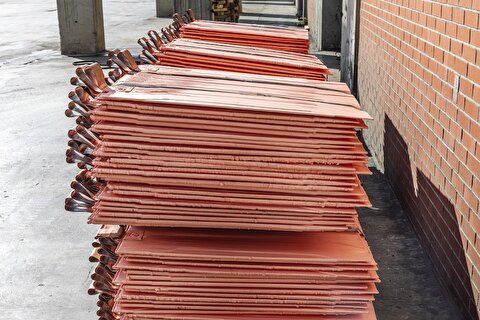
Copper price slips as unwinding of tariff trade boosts LME stockpiles
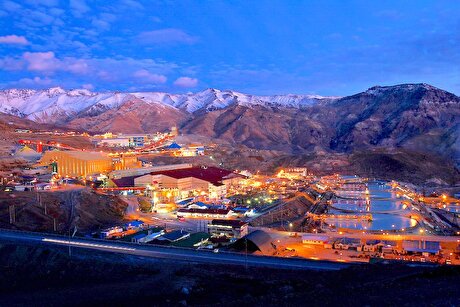
Codelco seeks restart at Chilean copper mine after collapse
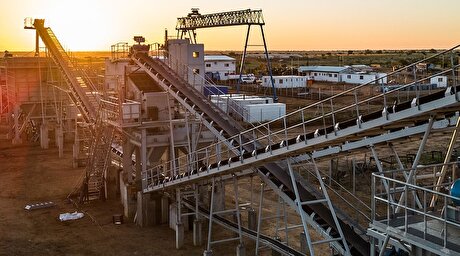
NextSource soars on Mitsubishi Chemical offtake deal
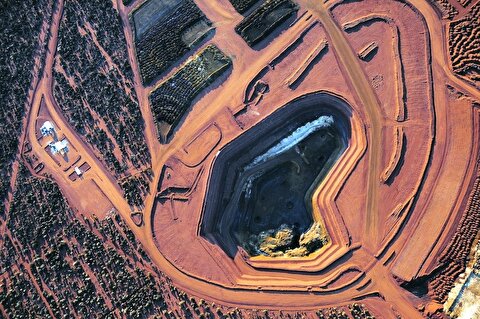
Australia weighs price floor for critical minerals, boosting rare earth miners
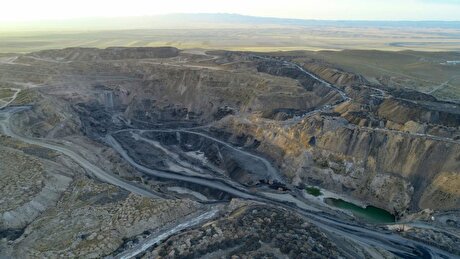
Uzbek gold miner said to eye $20 billion value in dual listing
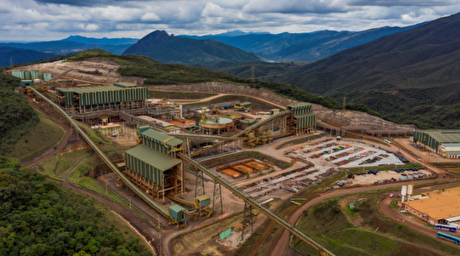
BHP, Vale offer $1.4 billion settlement in UK lawsuit over Brazil dam disaster, FT reports
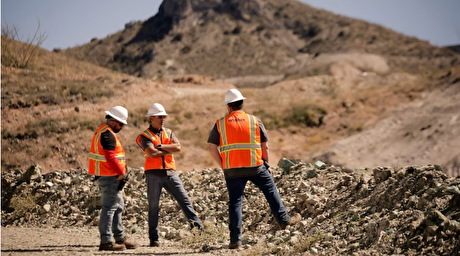
Hudbay snags $600M investment for Arizona copper project
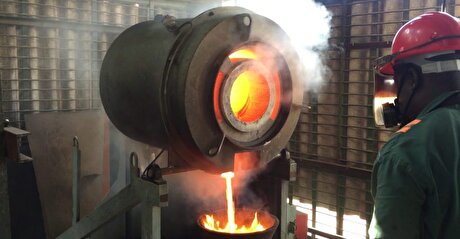
Zimbabwe labs overwhelmed as gold rally spurs exploration, miner says
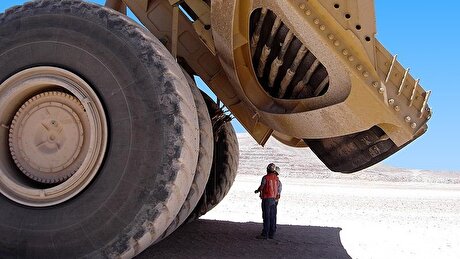
Cochilco maintains copper price forecast for 2025 and 2026
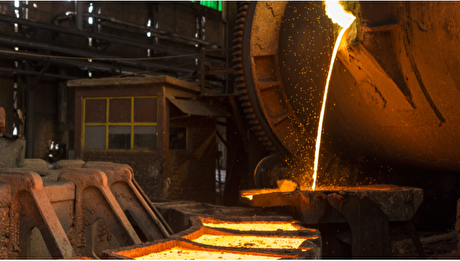
Adani’s new copper smelter in India applies to become LME-listed brand

HSBC sees silver benefiting from gold strength, lifts forecast

Mosaic to sell Brazil potash mine in $27M deal amid tariff and demand pressures
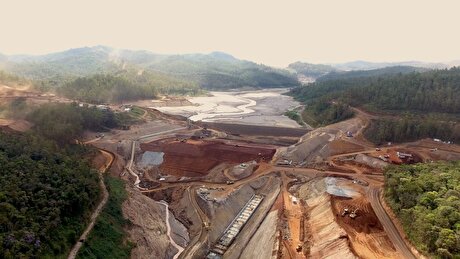
Samarco gets court approval to exit bankruptcy proceedings

Hudbay snags $600M investment for Arizona copper project

Discovery Silver hits new high on first quarterly results as producer
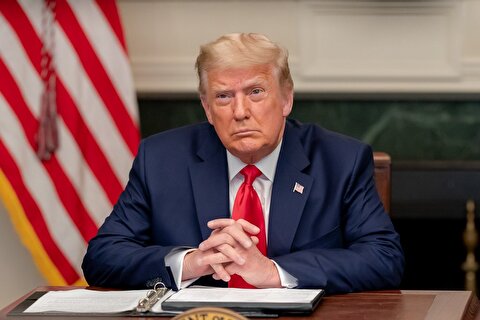
Trump says gold imports won’t be tariffed in reprieve for market

AI data centers to worsen copper shortage – BNEF

Cochilco maintains copper price forecast for 2025 and 2026

Adani’s new copper smelter in India applies to become LME-listed brand

HSBC sees silver benefiting from gold strength, lifts forecast

Mosaic to sell Brazil potash mine in $27M deal amid tariff and demand pressures

Samarco gets court approval to exit bankruptcy proceedings

Hudbay snags $600M investment for Arizona copper project

Discovery Silver hits new high on first quarterly results as producer

Trump says gold imports won’t be tariffed in reprieve for market

AI data centers to worsen copper shortage – BNEF
